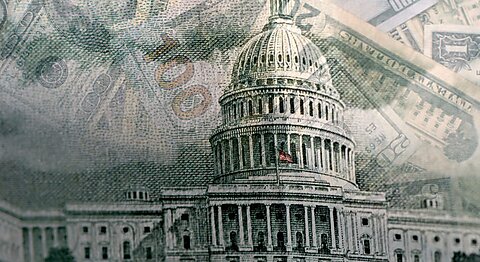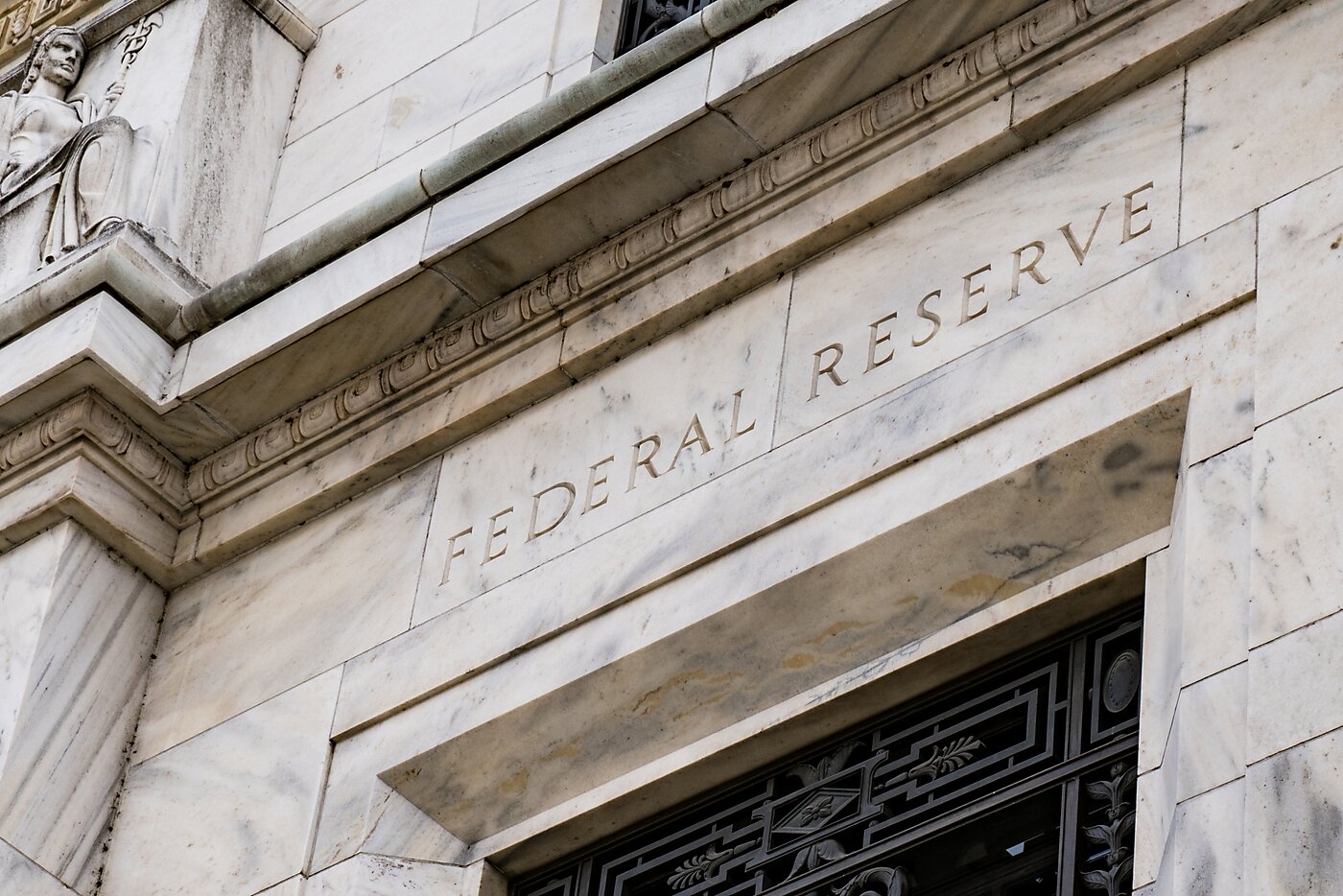The Federal Reserve recently released a Monetary Policy Report to Congress which discussed, among other items, policy rules. Unfortunately, although unsurprisingly, the Fed criticized monetary policy rules instead of embracing them. Here is the Fed’s assessment of the limitations of such rules-based monetary policy:
As benchmarks for monetary policy, simple policy rules have important limitations. One of these limitations is that the simple policy rules mechanically respond to only a small set of economic variables and thus necessarily abstract from many of the factors that the FOMC considers when it assesses the appropriate setting of the policy rate. In addition, the structure of the economy and current economic conditions differ in important respects from those prevailing when the simple policy rules were originally devised and proposed. Relatedly, the prescriptions of the rules incorporate values of the unemployment rate in the longer run and the neutral real interest rate in the longer run, which are economic concepts that are not only difficult to measure but can also change over time as the economy evolves. Finally, simple policy rules are not forward-looking and do not allow for important risk-management considerations, associated with uncertainty about economic relationships and the evolution of the economy, that factor into FOMC decisions.
In the rest of this article, I address each of these critiques and explain why they are invalid.
- Policy rules only respond to a small set of economic variables.
It is important to note that most macroeconomic variables are interlinked. This is most clear when the US economy is viewed through the lens of a sophisticated model, such as those the Fed already employs. These models show that most variables are linked in a predictable manner and are all simultaneously determined. This is why most standard rules usually offer similar prescriptions. It is likely that the inclusion of several other variables will not change rate-setting decisions much. Even if they did, this still does not prove that Fed discretion is better than simply announcing a rule that incorporates these variables that the FOMC purports to consider before setting the funds rate. Importantly, the FORM Act of 2015—the last serious congressional attempt to impose rules-based monetary policy—never forced a specific rule upon the Fed. The FOMC would (and should) be allowed to pick a rule that incorporates as many or as few variables as it desires. The point of the rule is to provide clarity; this Fed critique only advocates for more obfuscation. - The structure of the economy is different from when rules were first devised.
There are numerous ways to circumvent the changing nature of the economy and still maintain rules-based policy. The economics profession is constantly offering new and improved models that are updated to current conditions. For instance, the global financial crisis led to the proliferation of large economic models that incorporate a financial sector. The New York Fed’s in-house macro model uses precisely such an updated and modern framework. Other models incorporate the housing sector or behavioral features. Each of these models can be tested on US data using Bayesian estimation methods, allowing the Fed to determine which fits the current structure of the US economy best. Once a model is chosen, the Fed can simulate the model under various policy rules—as we did in a recent CMFA policy analysis—to decide which rule it prefers. The Fed can then stick to that rule. It can repeat this exercise at regular intervals (at each of its five-year policy framework reviews, for example), thus providing transparency and predictability to the public that it currently does not provide. - Natural value assessments for unemployment and interest rates are unreliable
Strangely, it seems this critique of the Fed is out of date. It is true that the Fed’s assessments of the natural rate of unemployment (NAIRU) were often incorrect in the past. But as our CMFA policy analysis shows, the Fed’s forecasts of the output gap (the inverse of unemployment) are more accurate than most other macro indicators.[1] Regardless, there are numerous ways to design rules that require none of these variables. For instance, most academic versions of rules peg the current period rate to the prior period’s rate to some degree, allowing for a smooth transition of interest rates over time. This method eliminates the need to know the natural real interest rate. Furthermore, difference rules or nominal income rules that have the Fed target real output growth instead of the output gap could be used to avoid information issues with potential GDP (or NAIRU). In fact, such rules have been shown to perform better than the standard output gap or unemployment targeting frameworks in some cases. - Rules are not forward-looking
This problem can be easily remedied if the Fed so desires. As mentioned above, the Fed can tailor rules to account for any number of factors. Among these can be forecasts of macro variables. The Fed routinely makes such forecasts for a variety of macro indicators and publishes them in its Tealbooks. In fact, some research has shown that including forecast variables in a rule could boost the Fed’s performance [see Beckworth and Horan (2024)]. -
Rules do not allow for risk or uncertainty considerations
Rules were first devised precisely because they are robust to changes in or misperceptions of the underlying structure of the US economy. This is because it is unreasonable for any agent, such as a small group of central bankers, to have full information about all economic conditions. Nor should economic fine-tuning be the goal of the Fed. At best, the Fed can get out of the way of private enterprise and avoid serious mistakes. Rules help with this. They may not lead to optimal outcomes, but they never leave the public guessing what the Fed will do next, thus allowing people to more easily adjust their behavior to changing economic conditions. In any event, there is no evidence that, in the absence of rules, Fed discretion correctly diagnoses the structure of the US economy. When central bankers are wrong about the nature of economic relationships, as they were post-pandemic when they labeled inflation “transitory”, rules offer a superior choice to discretion.None of these criticisms from the Fed are new. They have been levied by the Fed and have been answered time and again by academics and policy experts alike. It is well past time for the Fed to adopt a policy rule and its upcoming framework review is the perfect opportunity to do so. If not, Congress must rein in the Fed by imposing rules-based policy.
[1] There is some concern over the stationarity of the forecast errors. See Beckworth and Hendrickson (2019). We confirm that output gap forecast errors are not stationary in the CMFA policy analysis.


